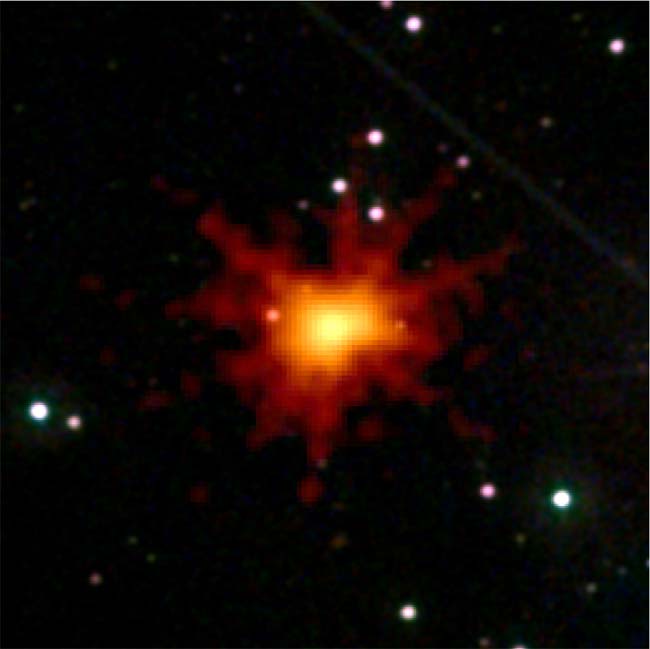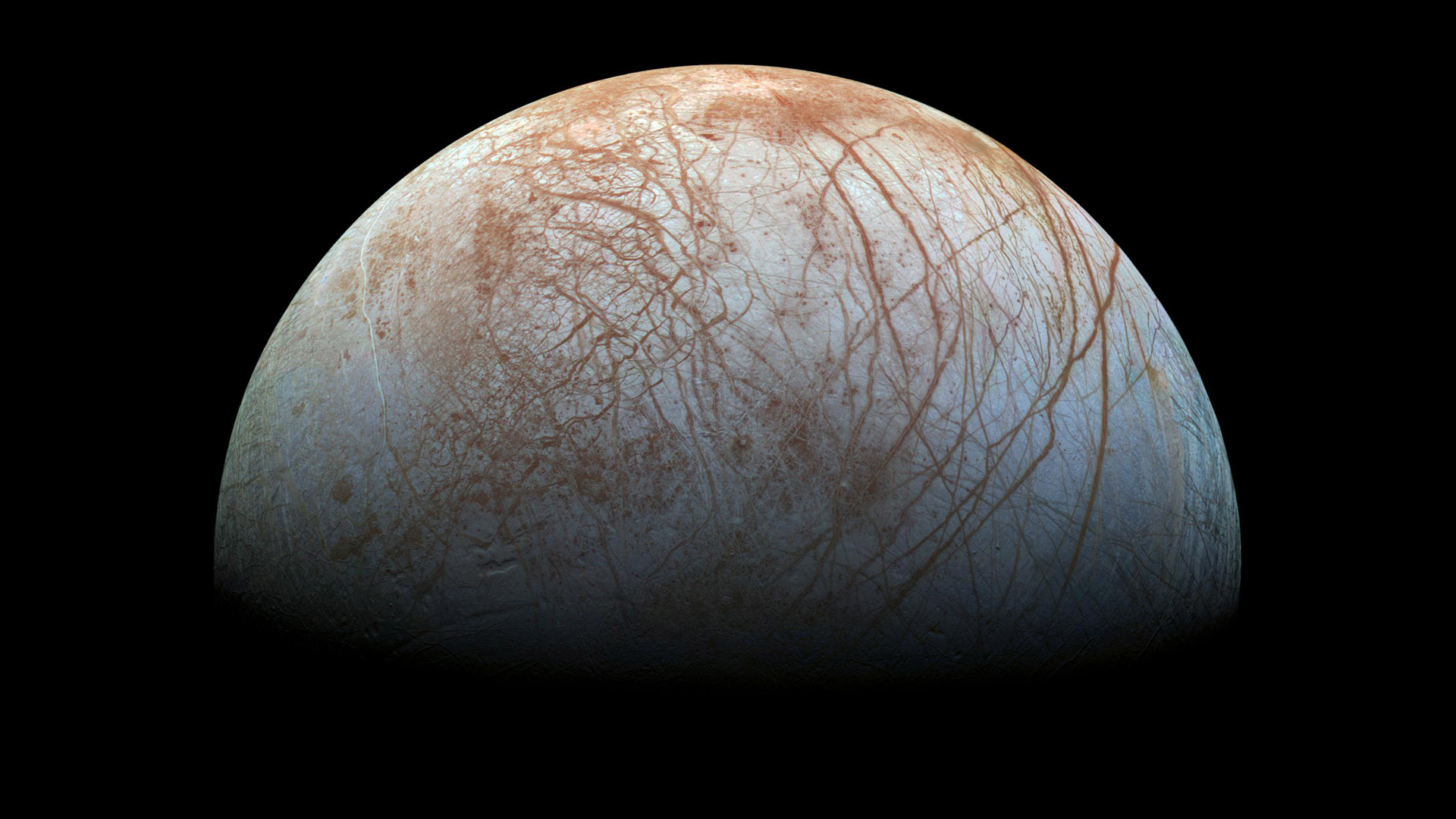Record-Breaking X-Ray Blast Blinds Space Observatory Briefly

A violent cosmic explosion has unleashed the brightest blastof X-rays ever detected from distant space, a signal so bright it temporaryblinded the NASA space telescope assigned to spot it.
The powerful explosion, called a gamma-ray burst, wasdetected by NASA'sSwift observatory, scientists announced Wednesday. Gamma-ray bursts arenarrow beams of intense radiation shot out when stars explode in supernovas. Inaddition to gamma-ray light, they also produce X-rays and other forms ofradiation, including visible light.
This recent event, dubbed GRB 100621A, was particularly powerful.
"This gamma-rayburst is by far the brightest light source ever seen in X-ray wavelengthsat cosmological distances," said Penn State University astronomer DavidBurrows, lead scientist for Swift's X-ray Telescope. [Swift's gamma-ray burst photo]
Unprecedented brightness
The onslaught of light in X-ray wavelengths, which areshorter than visible light wavelengths, quickly overwhelmed the detector when itimpacted June 21.
"The burst was so bright when it first erupted that ourdata-analysis software shut down," said Phil Evans, a postdoctoralresearch assistant at the University of Leicester in the United Kingdom whowrote parts of Swift's X-ray-analysis software.? "So many photons werebombarding the detector each second that it just couldn't count them quicklyenough. It was like trying to use a rain gauge and a bucket to measure the flowrate of a tsunami."
Breaking space news, the latest updates on rocket launches, skywatching events and more!
Light from this explosion traveled through space for 5billion years before slamming into Swift, overwhelming its X-ray camera. Theobservatory, launched in November 2004, was designed specifically to hunt forgamma-ray bursts, though scientists didn't count on a blast quite so strong.
"The intensity of these X-rays was unexpected andunprecedented," said Neil Gehrels, Swift's principal investigator atNASA's Goddard Space Flight Center in Greenbelt, Md.
GRB 100621A was the brightest blast of X-ray light sinceSwift's X-ray telescope began observing in 2005.
"Just when we were beginning to think that we had seeneverything that gamma-raybursts could throw at us, this burst came along to challenge ourassumptions about how powerful their X-ray emissions can be," Gehrelssaid.
One for the record books
After the shutdown, Swift quickly got back online, andscientists were able to recover the data the observatory acquired during theonslaught. The observations allowed astronomers to learn more about thesemysterious explosions, including just how bright they can be.
Swift's measurements showed that the burst emitted 143,000X-ray photons per second during its short period of greatest brightness. That'smore than 140 times brighter than the brightest continuous X-ray source in thesky ? a neutron star that releases a steady 10,000 X-ray photons per second.
"When I first saw the strange data from this burst, Iknew that I had discovered something extraordinary," Evans said.? "Itwas an indescribable feeling when I realized, at that moment, that I was theonly person in the whole universe who knew that this extraordinary event hadoccurred.? Now, after our analysis of the data, we know that this burst is onefor the record books."
Gamma-ray bursts focus most of their energy in theshort-wavelength, high-frequency range of X-rays and gamma-rays. In fact, theydon?t stand out at all in optical and ultraviolet wavelengths, emitting only amiddling amount of light compared to other objects in the sky.
When a very massive star runs out of fuel and reaches theend of its life, it will collapse into an extremely dense blackhole. This event releases an explosion of energy, including some that gets channeledinto beams of gamma-ray and X-ray light.
- Weirdest Star Mysteries of Our Time
- Top 10 Greatest Explosions Ever
- How Did the Universe Begin?
Join our Space Forums to keep talking space on the latest missions, night sky and more! And if you have a news tip, correction or comment, let us know at: community@space.com.

Clara Moskowitz is a science and space writer who joined the Space.com team in 2008 and served as Assistant Managing Editor from 2011 to 2013. Clara has a bachelor's degree in astronomy and physics from Wesleyan University, and a graduate certificate in science writing from the University of California, Santa Cruz. She covers everything from astronomy to human spaceflight and once aced a NASTAR suborbital spaceflight training program for space missions. Clara is currently Associate Editor of Scientific American. To see her latest project is, follow Clara on Twitter.
